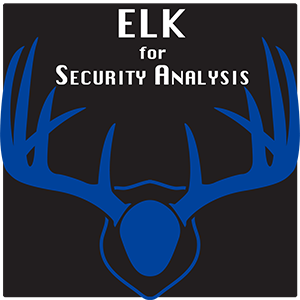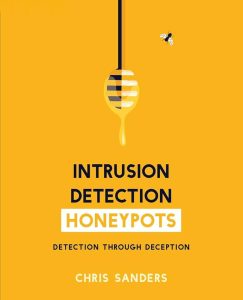
SEC275 is an entry-level course designed to provide a fundamental understanding of computing, technology, and cybersecurity concepts. It is ideal for individuals new to cybersecurity or those looking to build a strong technical foundation. The course covers essential topics such as computer hardware and software, networking basics, operating systems, and cybersecurity principles.






